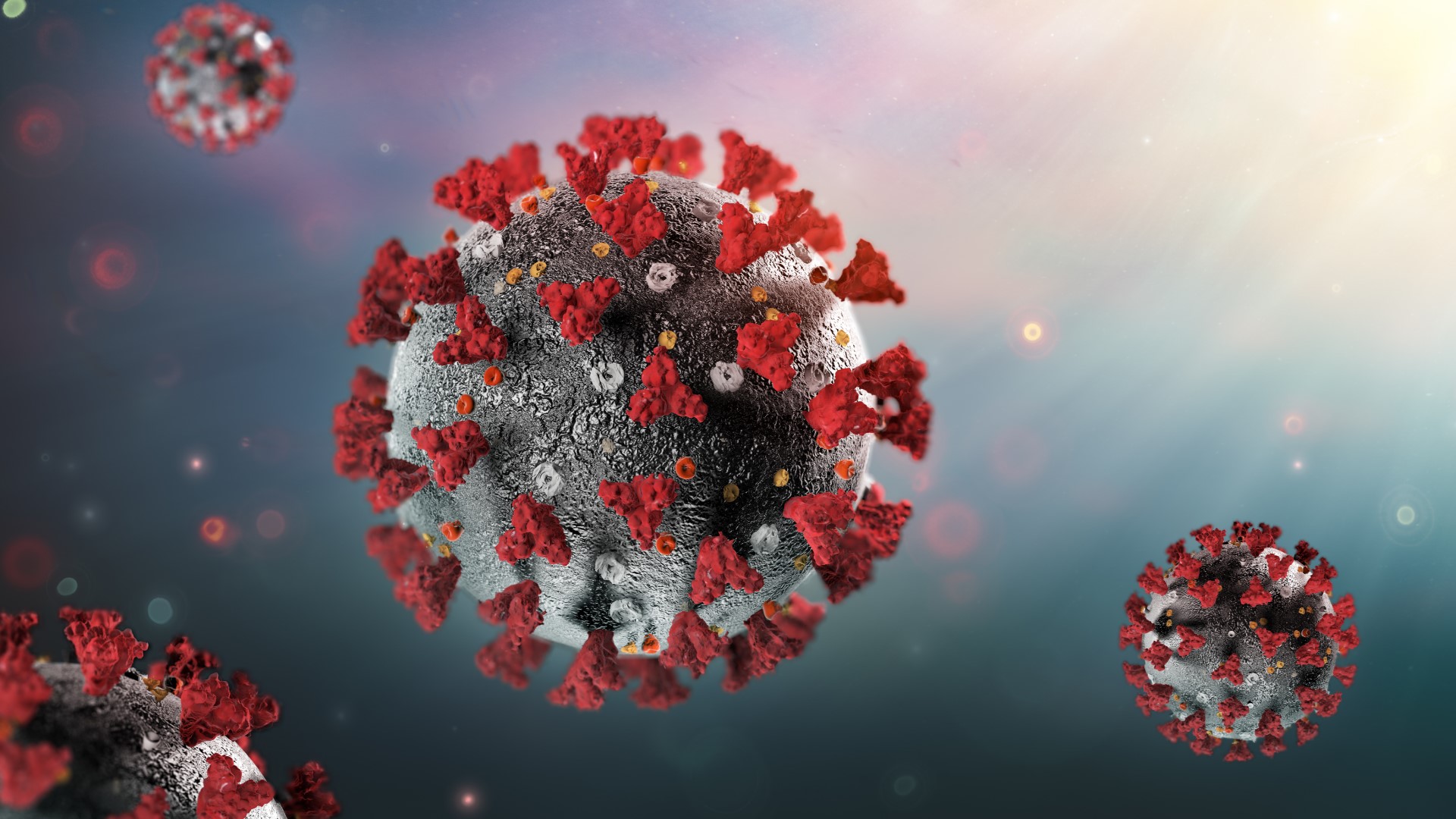WASHINGTON — On social media, there are many posts claiming that something called "pathogenic priming" is occurring in those who take the COVID-19 vaccine. According to these posts, this is when the vaccine "facilitates" greater infection, rather than preventing it.
The Verify team spoke with medical experts to get a better understanding of whether this concept is real, and whether there's been any documented proof of it occurring with the COVID-19 vaccine.
QUESTION:
Is 'pathogenic priming' a real scientific phenomenon, and is it occurring with the COVID-19 vaccine?
THE SOURCES:
- Dr. William Schaffner, Professor of Preventive Medicine and Health Policy at Vanderbilt University
- Dr. Sara Fortune, Director of the TB Research Program at the Ragon Institue of MGH, Harvard, and MIT
- Children's Hospital of Philadelphia, "Antibody-Dependent Enhancement (ADE) And Vaccines"
THE ANSWER:
Pathogenic priming, known as Antibody Mediated Enhanced Disease in the scientific community, is a real phenomenon, but our experts emphasize that this has not occurred with the COVID-19 vaccine.
WHAT WE FOUND:
The first question the Verify team had for our experts was whether pathogenic priming was a real concept, as claimed online. Dr. William Schaffner said that the answer is yes, but it needs context.
"In science, we don't call it pathogenic priming,'" he said. "But there is a kernel of truth to this concept."
In the scientific community, this phenomenon is referred to as Antibody Mediated Enhanced Disease, or Antibody-Dependent Enhancement (ADE).
"Under certain very rare circumstances, a body can produce antibody that when it later encounters the real germ, actually enhances disease," Schaffner said.
A post by the Children's Hospital of Philadelphia defined ADE as the following:
"ADE occurs when the antibodies generated during an immune response recognize and bind to a pathogen, but they are unable to prevent infection. Instead, these antibodies act as 'Trojan horse,' allowing the pathogen to get into cells and exacerbate the immune response."
Our experts said that ADE can result from a vaccine, as was the case with one vaccine from the 1960s.
"The classic example of that was a vaccine developed against the Respiratory Syncytial Virus in the 1960s," Dr. Sara Fortune said. "When children who got it, got sick after they got exposed to RSV."
However, our experts emphasize that this was caught early on in trials in the 1960s, resulting in the vaccine being pulled.
Is Pathogenic Priming Happening With The COVID-19 Vaccine?
Our experts said that a vaccine would not be approved these days if pathogenic priming was documented. When the COVID vaccines were developed, they were being examined for possible ADE.
"Vaccine makers are very sensitive to pathogenic priming," Fortune said. "And we're looking for this right out of the gate."
Fortune said that researchers would have seen the phenomenon in the laboratory, during animal testing and during early trials. Since ADE was not occurring, the vaccine was authorized for use.
"It went through all of that development," she said. "But now we know from people that they are exceptionally safe."
Schaffner reiterated that the vaccines have shown no signs of ADE, despite hundreds of thousands of shots administered.
"Not a single case has occurred," he said. "We've vaccinated 150 million people in the United States. And goodness knows how many other people across the globe. [It] hasn't happened. You can rest easy."
The Children's Hospital of Philadelphia echoed this sentiment in their online post about ADE:
"Neither COVID-19 disease nor the new COVID-19 vaccines have shown evidence of causing ADE. People infected with SARS-CoV-2, the virus that causes COVID-19, have not been likely to develop ADE upon repeat exposure. This is true of other coronaviruses as well. Likewise, studies of vaccines in the laboratory with animals or in the clinical trials in people have not found evidence of ADE."

